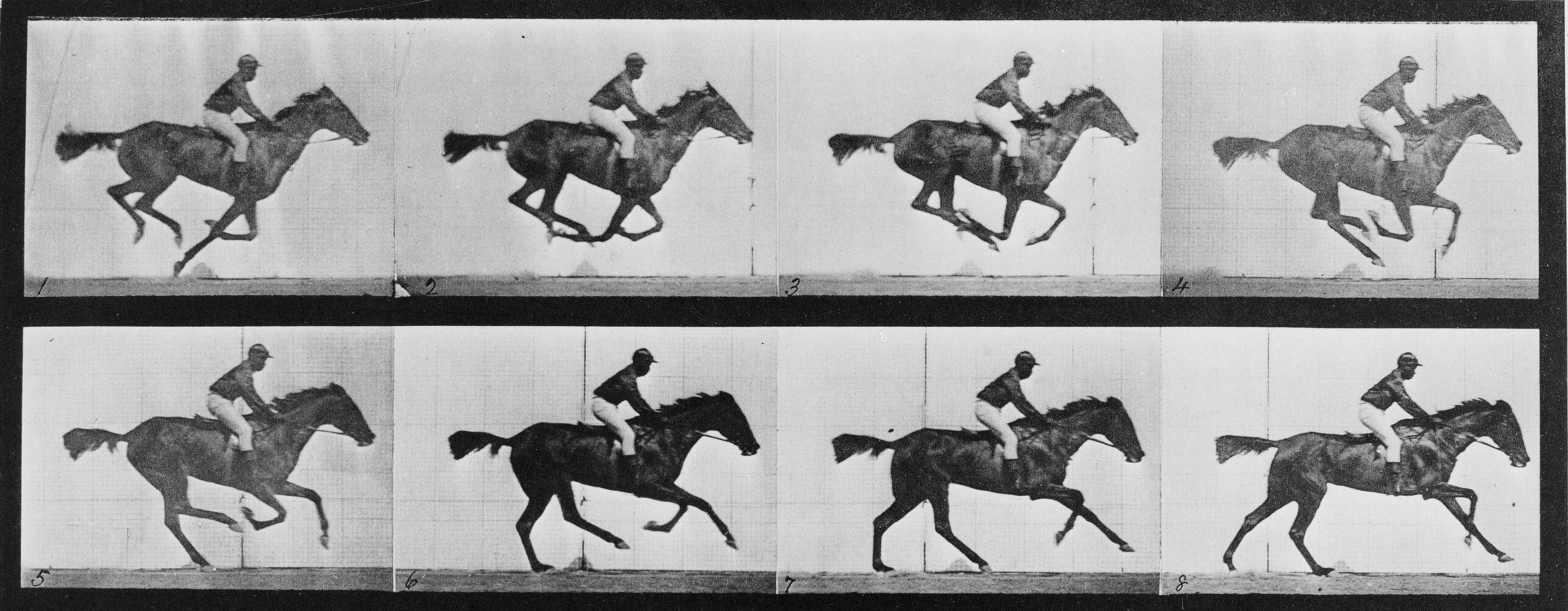2018/19 CAS Projects: Religion, Media and Time, and Mathematics

How do religions go extinct? How do different media create a collective and shared time? What is a proof?
These are only a handful of the many questions that scholars will work together to answer as the 2018/19 academic year at the Centre of Advanced Study (CAS) begins on Wednesday, 15 August.
This year, CAS will welcome nearly 50 scholars from more than 30 colleges and universities in about a dozen countries. Their fields of expertise span from algebraic K-theory to modern Japanese history. Some are working toward a Ph.D. Others have decades of experience in academe.
CAS' primary objective is to strengthen fundamental research by providing these outstanding scholars with the opportunity to collaborate on projects across disciplinary and national boundaries. The 2018/19 CAS projects exemplify that mission:
Read more about the projects below, and click through to read the full abstracts and learn about the participating scholars.

The Demise of Religions
Led by James Lewis, professor of religious studies at the University of Tromsø - The Arctic University of Norway (UiT), and Michael Stausberg, professor of religion at the University of Bergen (UiB), this project explores how and why religions go extinct.
The scrap heap of history is full of discarded religious groups and traditions. Some were gradually replaced by new religions and forgotten, others were exterminated along with their faithful. By taking a comparative approach, this project aims to investigate what happens when a religion disappears, and what that can tell us about the life cycle of other cultural phenomena.

In Sync: How Synchronisation and Mediation Produce Collective Times, Then and Now
Led by Helge Jordheim, professor of cultural history and museology, and Espen Ytreberg, professor of media studies at the University of Oslo (UiO), this project deals with collective experiences.
Living in a society means experiencing things together -- not just major events like elections, sporting events, and parades, but also small, everyday happenings. This project will study how societies from the 18th century to the present are organised around such events, and the important role that different media play in creating a shared understanding of time.

Homotopy Type Theory and Univalent Foundations
Led by Marc Bezem, professor of informatics, and Bjørn Ian Dundas, professor of mathematics at the University of Bergen (UiB), this project is built on two fundamental questions within the field of mathematics: ‘What is a proof?’ and ‘What does it mean to be equal?’
The answers to these questions have varied throughout the course of history. Today, scientists can use powerful computing tools to verify mathematical proofs, but then the challenge is to find a language that is both efficient and expressive enough. The scholars behind this project believe that homotopy type theory is the solution.